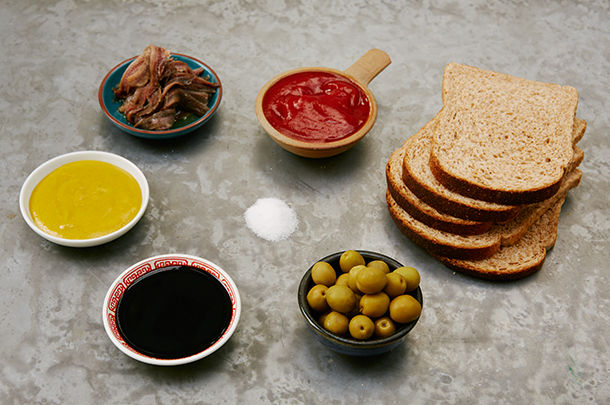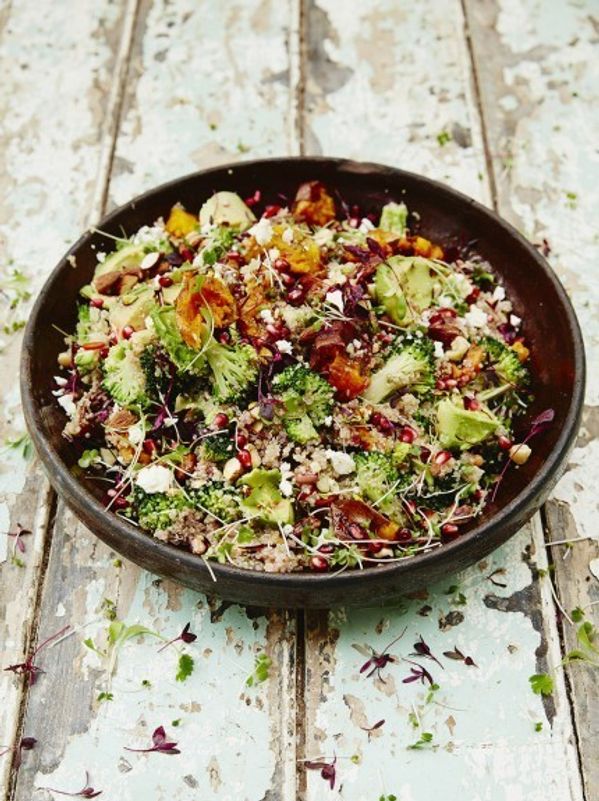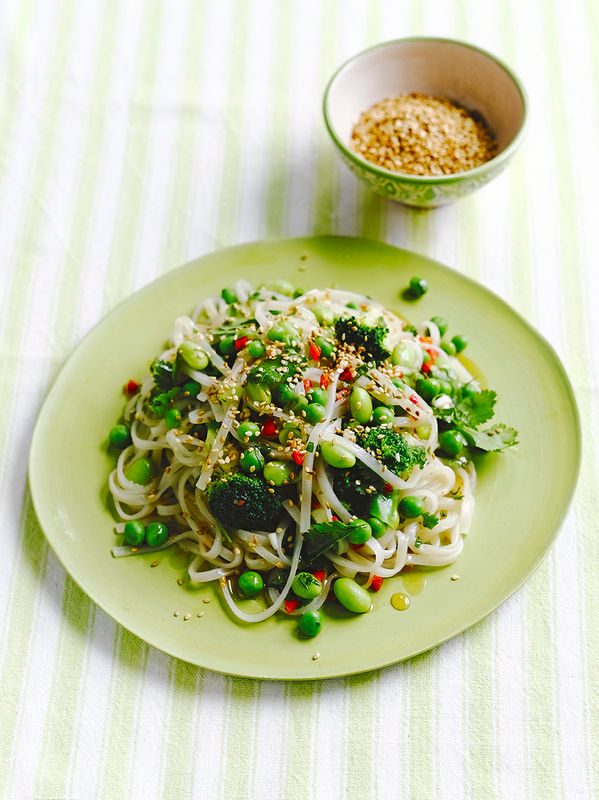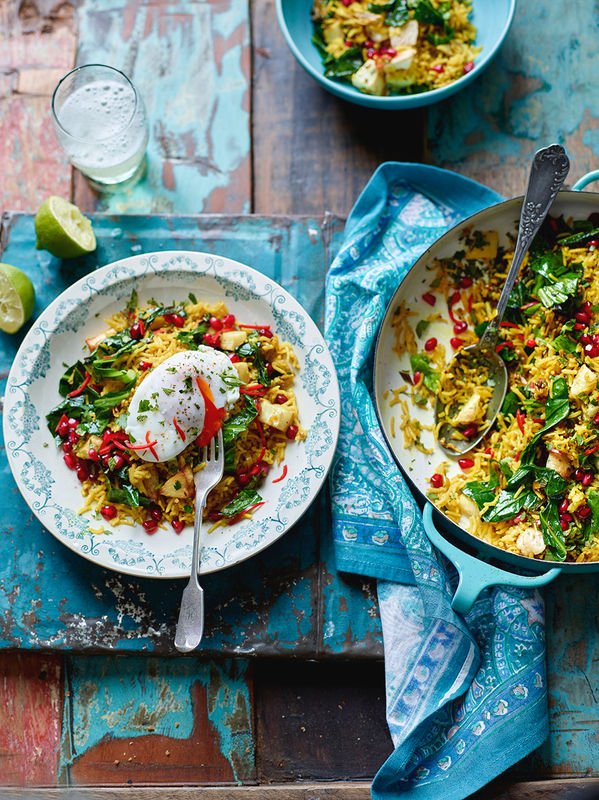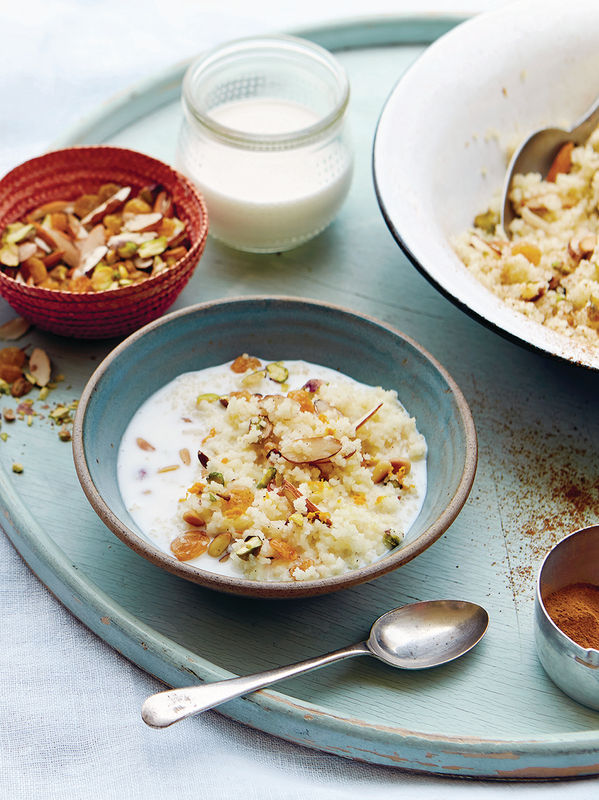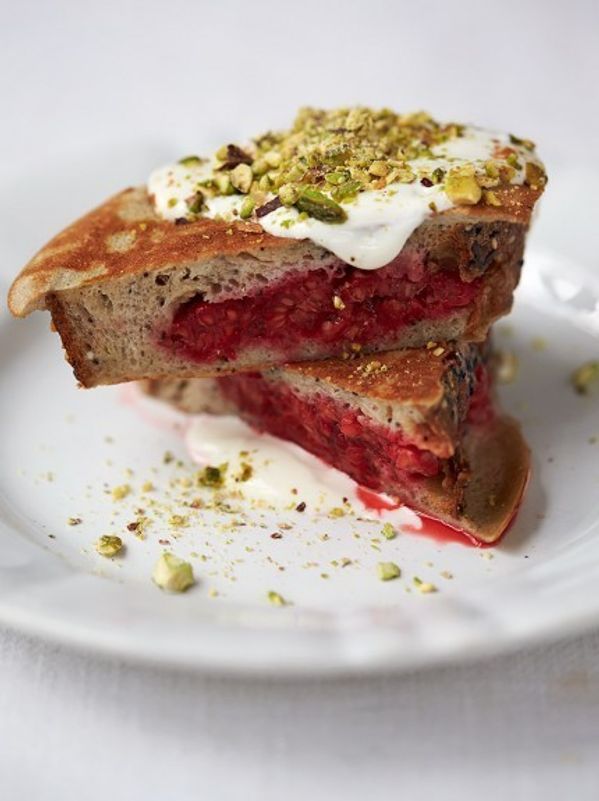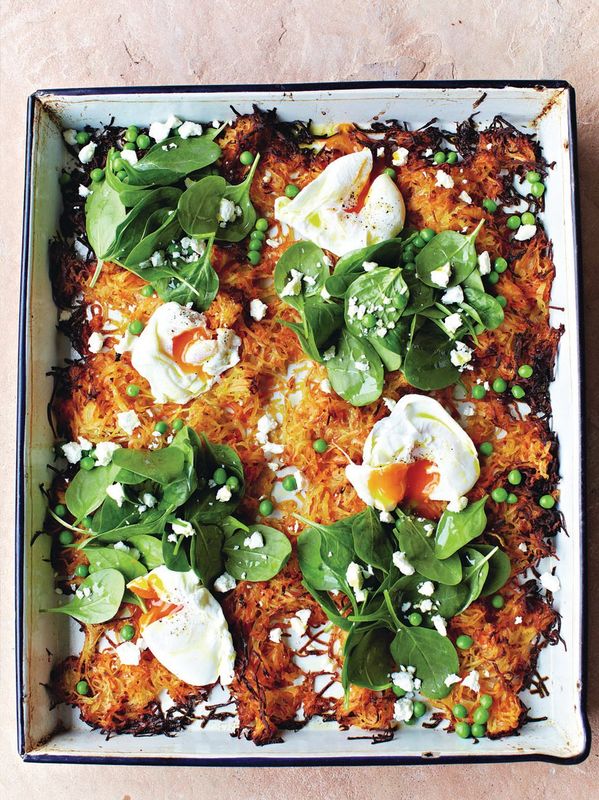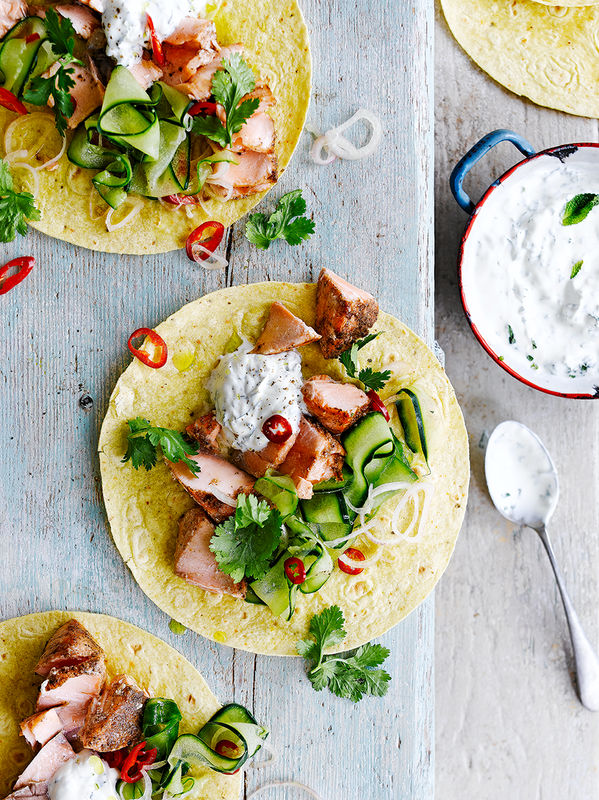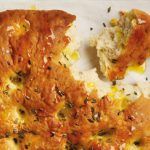Every year, Consensus Action on Salt and Health (CASH) hold a week to highlight the importance of reducing salt intake throughout the world. This is done through lots of different events, creating media interest and generating awareness through local communities.
This year, CASH hold the 16th National Salt Awareness Week, which will focus on the importance of a low-salt diet through childhood. Too much salt at all ages is very dangerous – it can raise your blood pressure and increase the risk of stroke and heart disease – but what is it that makes a high salt intake particularly detrimental for children?
Children and salt
The body needs a small amount of salt in the diet to allow it to carry out a number of essential functions. Sodium is one of the chemical elements found in what we know as “salt”, and is required to help maintain the fluid in our cells and to transmit information within our nerves and muscles. However the amount of salt we need to consume to carry out these functions is very minimal – less than 1g a day for very small children, or ¼ of a tsp.
Preventing children developing a taste for salty foods in the first place is an important element of a child’s food education. Children have little influence or control over what they eat, or the preparation of it, even though we know that dietary habits learned early-on influence eating patterns and preferences later on in life. A salty palette is a learned taste, and so feeding your child a high-salt diet will cause them to develop a preference for salty foods. Influencing children to a high salt intake can influence blood pressure, and predispose them to a number of related diseases such as obesity, osteoporosis, asthma, heart disease etc.
When we create recipes for children, we always bear this in mind. We believe it’s important to teach children about how to season intelligently, and to build up a repertoire of recipes that will serve them well as adults. Salt is of course an ingredient that Jamie uses, and we believe that educating children about those ingredients that are high in salt, and to cook from scratch adding flavour with herbs, spices and citrus, rather than just seasoning out of habit, they will learn to season responsibly. We always advocate tasting before seasoning, and try to avoid added salt when working with salty ingredients.
It is also important to remember that 75% of the salt that we eat is already present in processed, ready-made foods, and not from the salt we actually add to food ourselves.
A big part of Salt Awareness Week this year is to encourage the food industry to act more responsibly by reducing the amount of salt they add to children’s food and to stop advertising foods with a high salt content to children. CASH will also be addressing the need for publish healthy messages, and education programmes to deliver this message. They will also be developing campaign materials with hints and tips for parents and children on simple changes that can be made to make sure everyone can enjoy a low salt diet. A media campaign will also be running to draw attention to this issue.
Restaurants
Restaurant food is something notorious for being high in salt, which is why we monitor closely the salt content of the food we serve in our restaurants. We especially make sure our children’s menu meets the strict salt targets we have set for children. All of our chefs and managers have nutrition training, during which we highlight the importance of a low-salt diet for adults and children alike. Jamie’s Italian are signed up to two Department of Health salt reduction pledges – “Out of Home Salt Targets” and the “Salt Catering pledge” – to make sure we are doing everything we can to help the public health agenda of reducing salt in the diet.
How to control your salt intake
- Prepare your own food
- Avoid adding salt when using salty ingredients (such as bacon, anchovies and olives)
- Season food with herbs, spices and citrus
- Taste your food before adding salt – you might not need to add any. Remember, you can always add more, but you can’t take it away
- Read the labels – salt is often hidden in foods you might not expect
- Be aware of takeaways and fast foods – they’re often high in salt
Here are some low salt recipes to try at home:
Bursting with veggies, this salad is nutritious, delicious and super-satisfying
Packed full of green veggies, this lovely noodle dish is brimming with flavour without being loaded with salt
This glorious brunch is a riot of colour and spices – it’s savoury yet sweet, and fresh and zingy all at the same time
Couscous lends itself perfectly to being eaten for breakfast. Simply soak in boiling water for 10 minutes, then fluff up with a fork and add your toppings
This recipe works with all sorts of greens, and any cheese left on your cheeseboard. A soft variety, such as brie or reblochon, adds amazing flavour
As well as being low in salt, the turmeric in this dish also contains manganese, which helps to keep our bones strong and healthy
Crunchy pistachios are super-high in the mineral chloride, which our bodies need to make hydrochloric acid in the stomach, in turn aiding good digestion and keeping our gut happy
This is a great breakfast, brunch or lunch recipe. With a lovely contrast of textures and flavours, it’s a total pleasure to eat
Super-fresh, minty and exciting, these tacos are bound to get your tastebuds tingling
